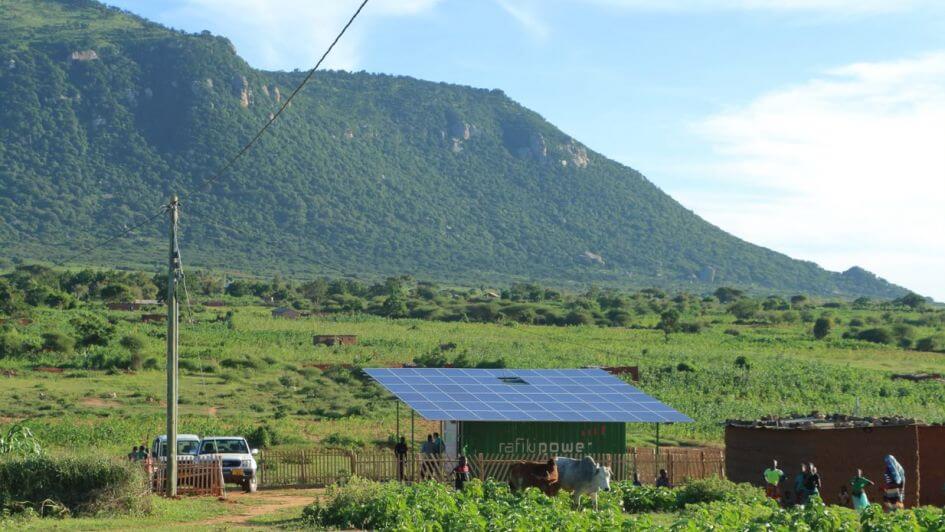The remoteness and complexity of off-grid energy systems can pose substantial operational challenges. Implementing remote monitoring and management offers concrete cost reduction and reliability. IoT can enable electrification across rural regions with smart, renewable energy to support economic development.
In today’s energy landscape, the number of off-grid energy systems installed globally is large and growing rapidly, serving commercial and industrial loads such as resorts, mines, and mobile phone towers, as well remote residential consumers and communities.
Distributed renewable energy systems often comprise operationally sensitive components such as battery storage, while at the same time skilled technical labor is frequently not available at or close to the site of operation. This situation can lead to high technical operation and maintenance (O&M) spending. Technical O&M costs of off-grid energy systems can be split into three main categories: component replacement costs, logistics and labor:
-
Components that will likely be replaced during the lifetime of a solar off-grid project include damaged PV panels, power cables, back-up diesel generator components, as well as metering and power electronics equipment. However, the main cost, often making up around 90% of total component replacement costs, is likely to be due to replacement of battery storage.
-
Being remote, any trips to an off-grid site by an engineer or costly contractor – whether for scheduled or unscheduled maintenance – can incur significant logistical expenses.
-
The largest share of O&M costs is related to labor. Generally, labor costs (e.g. for an operations engineer) are driven by time spent for remote issue identification, resolution planning, site trip planning, procurement of components, site trip execution, validation and reporting. Any time reduction in those domains allows for individual engineers to manage more sites, and hence reduces personnel expenses.
In this context, the implementation of remote monitoring and management offers many potential benefits starting with reducing O&M costs. That said, the true potential to operate these systems in a “smart” way is not truly captured by the spectrum of vendor-specific tools which currently are in use.
Features that come with advanced vendor-agnostic remote monitoring solutions like e.g. the collection of data from a wider array of components like sensors or smart meters or the integration of data from multiple vendors and assets are transformative for rural electrification in general: Deeper operational insights can be generated to improve revenue protection for operators and owners, technical system design as well as customer service. The total reduction of O&M costs through advanced remote monitoring amounts to up to 18% for component replacement and 19% for logistical expenses. Labor costs can be saved up to 46%.
In the end, utilizing advanced remote monitoring and management for off-grid energy systems allows operators to reliably provide clean power in rural locations for the benefit of the local communities.
To learn more, read the full AMMP report.
